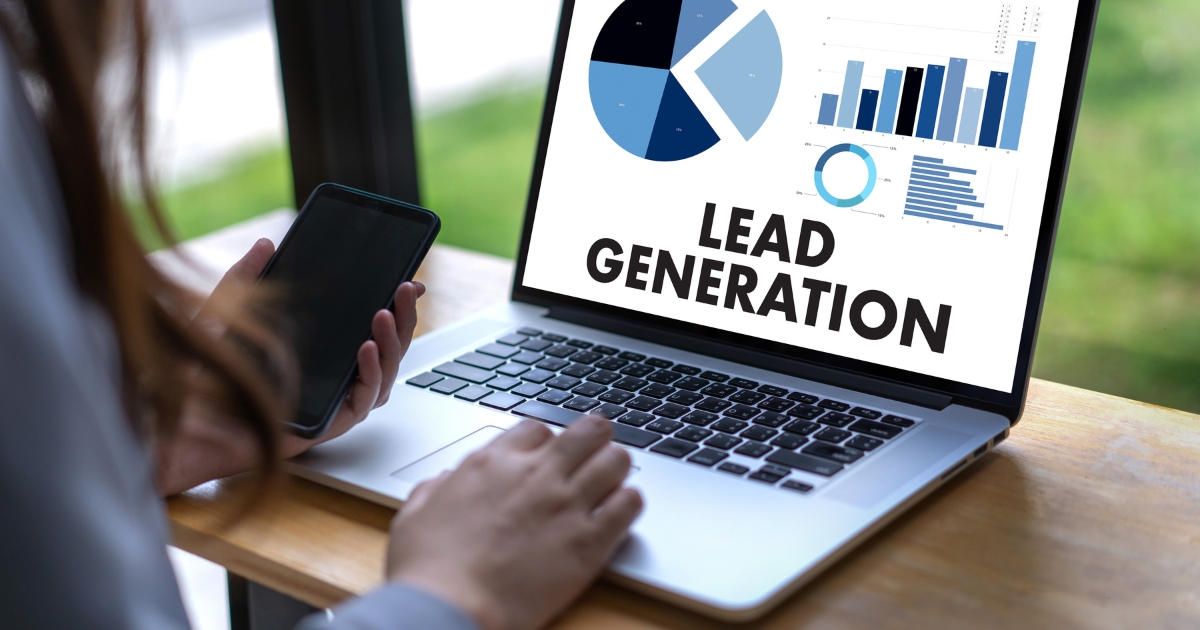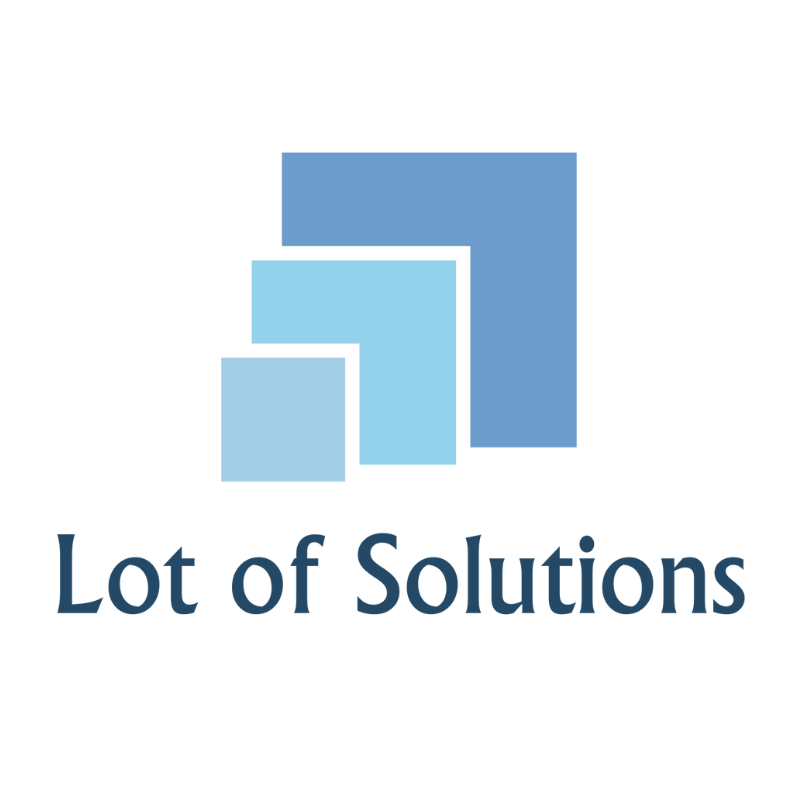
06 Feb The Ultimate Guide to the SaaS Funnel: Maximize Customer Acquisition & Retention
Contrary to popular belief, the SaaS funnel is not a one-size-fits-all model for customer acquisition and retention.
As the software as a service (SaaS) industry continues to grow, SaaS companies must understand the difficulties of the SaaS funnel and how to optimize each stage for maximum customer acquisition and retention. Many companies make the mistake of assuming that the SaaS funnel is a simple, straightforward process, but the truth is that it requires careful attention and strategy at every stage. This comprehensive guide will break down each stage of the SaaS funnel and provide actionable strategies for maximizing customer acquisition and retention for your SaaS company. Whether you’re a seasoned SaaS marketer or just starting, this guide will give you the tools you need to succeed.
What is a SaaS Funnel?
A SaaS funnel refers to a potential customer’s series of steps before making a purchase. Understanding the SaaS funnel and the customer journey is crucial for companies looking to maximize their acquisition and retention efforts. This article will explore the different stages of the SaaS funnel and provide strategies for optimizing each stage to drive growth and success.
Awareness Stage
The first stage of the SaaS funnel is awareness. In this stage, potential customers become aware of your product and start to gather information about it. The goal of this stage is to grab the attention of potential customers and pique their interest.
There are several strategies that SaaS companies can use to drive awareness and generate leads in this stage, including:
- Content marketing: Developing and distributing educational and informative content related to your product or industry can help position your company as a thought leader and attract potential customers to your website.
- Paid advertising: Running targeted ads on platforms such as Google and social media can help reach a wider audience and drive traffic to your website.
- Influencer marketing: Partnering with influential figures in your industry can help spread the word about your product and reach a new audience.
- Search engine optimization (SEO): Optimizing your website for search engines can help increase your visibility in search results and attract potential customers searching for related products or services.
Consideration Stage
Once potential customers are aware of your product, the next stage is consideration. In this stage, they will evaluate your product to determine if it meets their needs and is the right fit. This stage aims to provide enough information and value to keep potential customers engaged and interested.
To optimize the consideration stage, SaaS companies should:
- Offer demos and free trials: Allowing potential customers to try your product before they buy can help build trust and demonstrate the value of your product.
- Provide detailed product information: Including features, benefits, and pricing information on your website can help potential customers make an informed decision.
- Address customer objections: Anticipating and addressing common objections, or concerns potential customers may have can help increase the likelihood of a sale.
- Encourage customer engagement: Encouraging potential customers to ask questions, provide feedback, or engage with your company in some way can help build relationships and increase the chances of a sale.
Conversion Stage
Once a potential customer has considered your product and determined that it is the right fit, the next stage is conversion. In this stage, the goal is to close the sale and convert the potential customer into a paying customer.
To optimize the conversion stage, SaaS companies should:
- Make the process easy and seamless: Streamlining the purchasing process and making it as easy as possible can help increase conversions.
- Offer a money-back guarantee: A money-back guarantee can help alleviate potential customers’ concerns or objections and increase the likelihood of a sale.
- Provide excellent customer support: Providing responsive and helpful customer support can help build trust and increase customer satisfaction, leading to repeat business and positive word-of-mouth referrals.
Retention Stage
The final stage of the SaaS funnel is retention. In this stage, the focus is on keeping customers engaged and satisfied with your product to encourage repeat business and reduce churn.
To optimize the retention stage, SaaS companies should:
- Continuously improve and update their product: Keeping up with industry trends and incorporating customer feedback into product development can help maintain customer interest and satisfaction.
- Offer excellent customer support: Providing responsive and helpful customer support can help build trust and increase customer satisfaction, leading to repeat business and positive word-of-mouth referrals.
- Provide ongoing training and education: Offering ongoing training, and educational resources can help customers maximize the value of your product and keep them engaged.
- Encourage customer engagement: Encouraging customers to provide feedback and engage with your company in some way can help build relationships and increase customer loyalty.
Conclusion
The SaaS funnel is crucial in maximizing customer acquisition and retention for SaaS companies. By understanding each stage of the funnel and using strategies to optimize each stage, SaaS companies can drive growth and success.
At Lot of Solutions, we specialize in helping SaaS companies grow online through specialized SaaS marketing. Our team of experts can help you optimize every stage of your SaaS funnel and drive customer acquisition and retention. Get in touch with us today to learn more about how we can help your SaaS company succeed.


